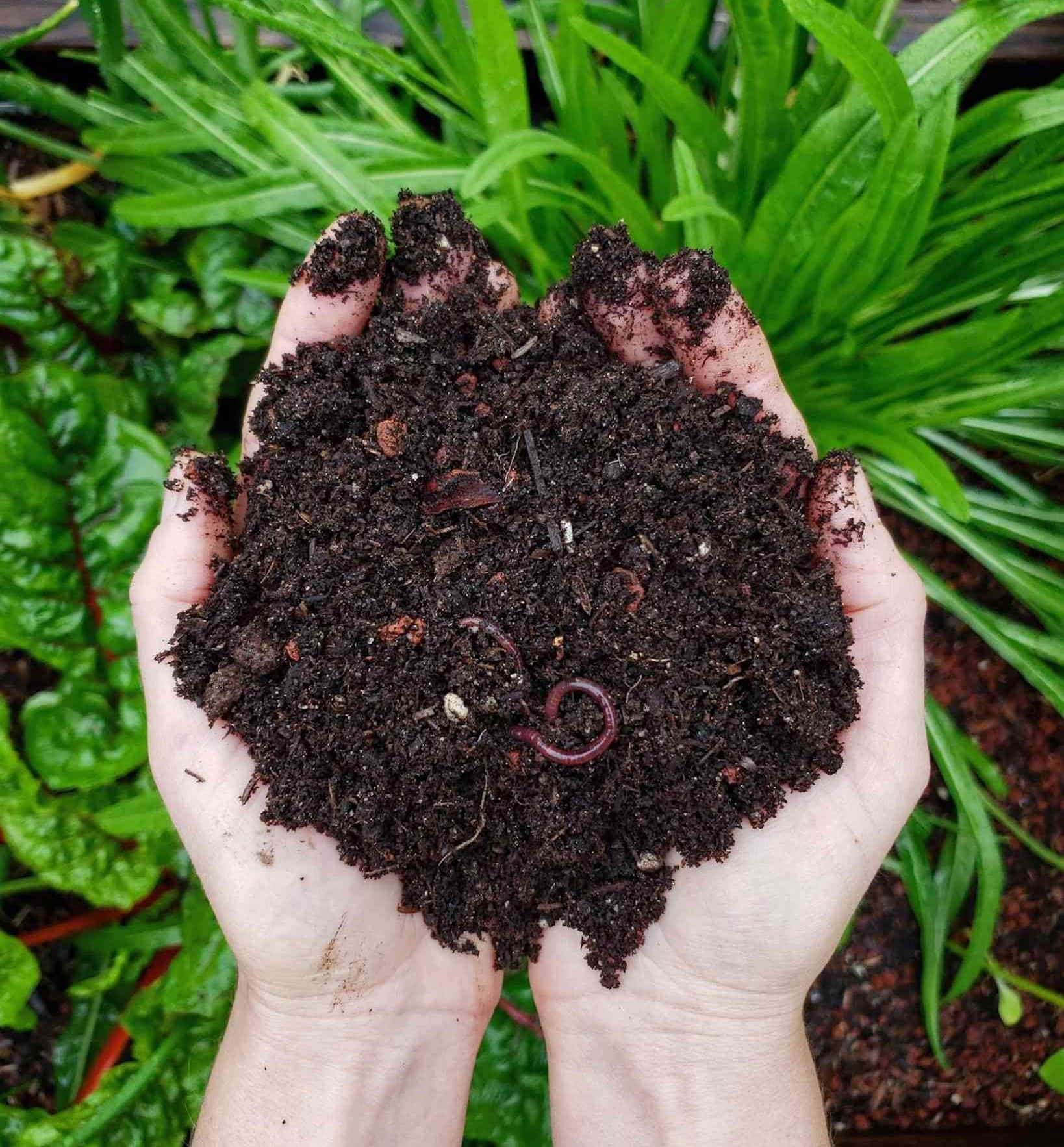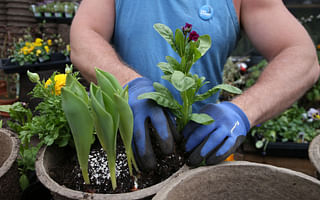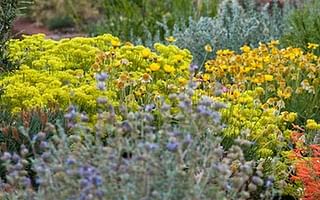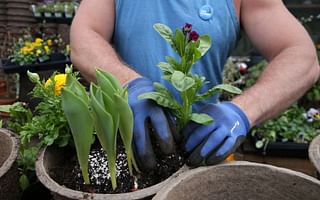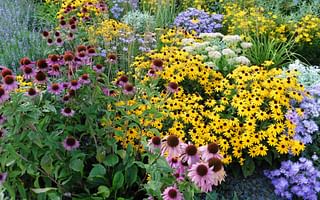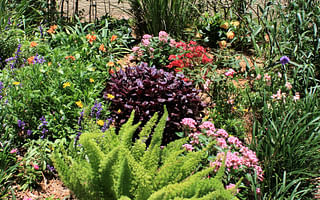🌱 Planting and Caring for Low-Maintenance Perennials: A Step-by-Step Guide 🌱
Are you ready to create a beautiful perennial garden? Planting and caring for low-maintenance perennials is easier than you might think. With our step-by-step guide, you'll learn everything you need to know to successfully grow these beautiful plants in your garden.
Step 1: Choose the Right Spot
The first step in planting your low-maintenance perennials is to select the perfect spot in your garden. Consider the light requirements of your chosen plants. Some perennials prefer full sun, while others thrive in partial shade. By choosing the right spot, you'll set your plants up for success.
Step 2: Prepare the Soil
Next, it's time to prepare the soil. Ensure that the soil is well-draining by amending it with compost or other organic matter. This will improve its structure and fertility, providing a healthy environment for your perennials to grow.
Step 3: Dig a Hole
Now it's time to dig a hole for your perennial plant. The hole should be twice as wide and the same depth as the root ball. This will give the plant enough space to establish its roots and grow strong.
Step 4: Plant the Perennial
Carefully place the plant in the hole, making sure that the top of the root ball is level with the soil surface. Backfill the hole with soil, gently pressing it around the plant. This will provide stability and support for the growing plant.
Step 5: Water Thoroughly
After planting, it's important to water your perennial thoroughly. This will help the plant establish its roots and ensure its survival. Continue to water the plant regularly, especially during dry periods, until it becomes well-established.
Step 6: Apply Mulch
To conserve moisture, suppress weeds, and regulate soil temperature, apply a layer of mulch around the plant. This will also give your garden a neat and tidy appearance.
Step 7: Monitor and Care
Keep a close eye on your perennial plant for any signs of pests or diseases. Prune as necessary to maintain its shape and size, and remove spent flowers to encourage more blooms. With proper care and attention, your low-maintenance perennials will thrive in your garden for years to come.
Now that you have a step-by-step guide to planting and caring for your low-maintenance perennials, it's time to get started. Follow these instructions, and you'll be well on your way to creating a beautiful perennial garden that will bring you joy and beauty for years to come. Happy gardening!


